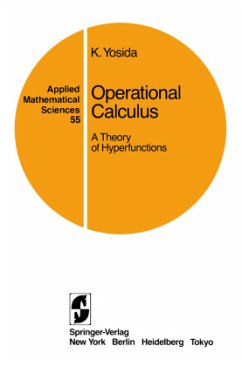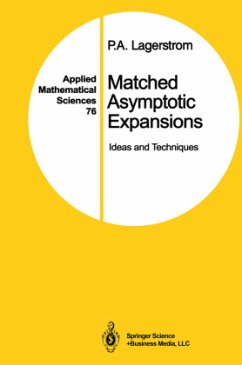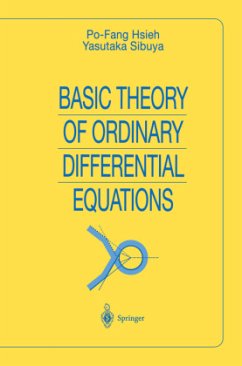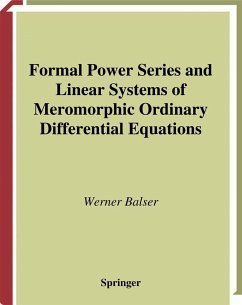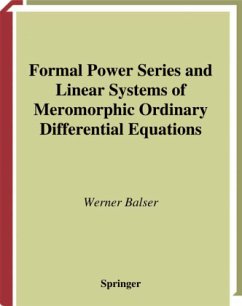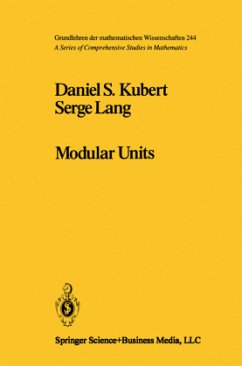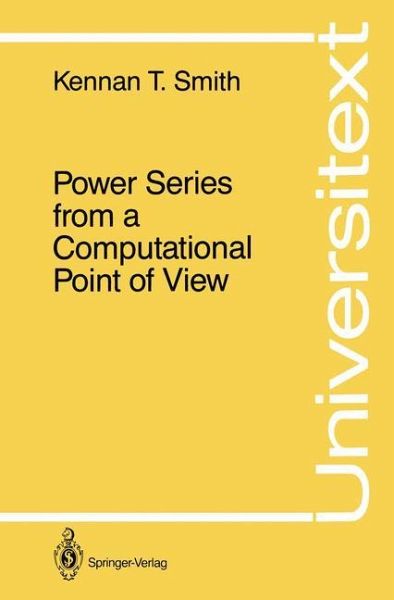
Power Series from a Computational Point of View

PAYBACK Punkte
38 °P sammeln!
At the end of the typical one quarter course on power series the students lack the means to decide 2 whether 1/(1+x ) has an expansion around any point ~ 0, or the tangent has an expansion anywhere and the means to evaluate and predict errors. In using power series for computation the main problems are: 1) To predict a priori the number N of terms needed to do the computation with a specified accuracy; and 2) To find the coefficients aO, . ,a N These are the problems addressed in the book. Typical computations envisioned are: -6 calculate with error ~ 10 the integrals If/2 J (If/2-x)tan x dx o...
At the end of the typical one quarter course on power series the students lack the means to decide 2 whether 1/(1+x ) has an expansion around any point ~ 0, or the tangent has an expansion anywhere and the means to evaluate and predict errors. In using power series for computation the main problems are: 1) To predict a priori the number N of terms needed to do the computation with a specified accuracy; and 2) To find the coefficients aO, . ,a N These are the problems addressed in the book. Typical computations envisioned are: -6 calculate with error ~ 10 the integrals If/2 J (If/2-x)tan x dx o or the solution to the differential equation 2 y"+(sin x)Y'+x y = 0, y(O) = 0, y'(O) 1, on the interval 0 ~ x ~ 1. This computational point of view may seem narrow, but, in fact, such computations require the understa- ing and use of many of the important theorems of ele mentary analytic function theory: Cauchy's Integral Theorem, Cauchy's Inequalities, Unique Continuation, Analytic Continuation and the Monodromy Theorem, etc. The computations provide an effective motivation for learning the theorems and a sound basis for understa- ing them. To other scientists the rationale for the vi computational point of view might be the need for ef- cient accurate calculation; to mathematicians it is the motivation for learning theorems and the practice with inequalities, ~'s, o's, and N's.





